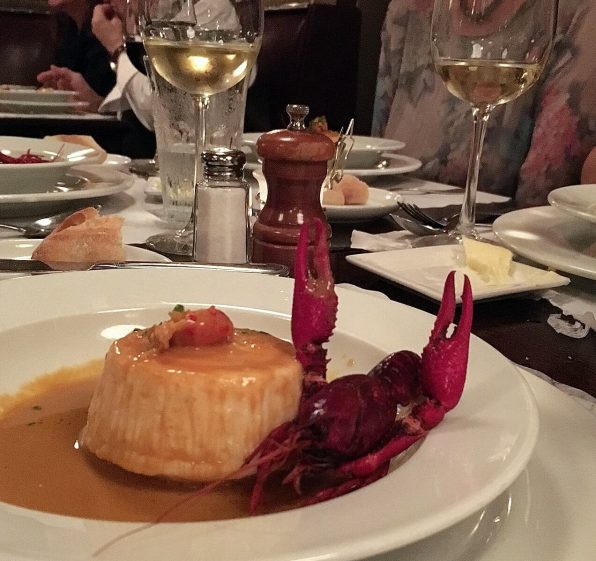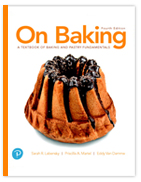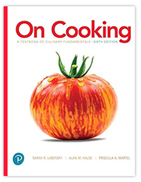Nothing beats food as a catalyst to ignite a writer’s urge to tell a story. Remind me of my last holiday meal and I’m off thinking of what we ate, how we cooked it, who shared the meal and who did the cleanup. This Christmas the power went out for four hours as it did the Thanksgiving before. In each instance, we came up with a way to salvage the meal and now I have solid tips on how to avoid a culinary disaster.
We’ll be exploring the urge to write about food and the particulars of the craft at Gateway Community College in New Haven where I have been invited back to teach Food Writing this semester.
The 15-week course, which meets on Tuesday evenings starting January 24, covers the personal food essay, restaurant reviewing, recipe writing and food blogging. This year we’ll add a section on the writing skills used in food and restaurant marketing, an area with many practical applications. Once again, we’ll use Dianne Jacobs’ terrific book Will Write for Food as our road map along with short pieces by a range of writers.
Last year noted cookbook author Dorie Greenspan joined us to talk about recipe writing and her illustrious career. Layla Schlack, the executive editor of Fine Cooking Magazine gave students an inside look at how a print and digital food magazine works. We hope they’ll be back. A final project allows students to dig deeper into a subject they love. One student wrote about his experience as a stagaire at an Irish Pub where the chef cooks vegetarian meals. Another created a food and art blog to showcase her cooking, gardening, painting and pottery skills. We learned about Puerto Rican adobo, South African fruit cake and Persian food. We experienced the sense of taste and smell in a fun experimental class.
Here are three essays written by members of the class who agreed to share their work.
Food Diary or Food Nazi (The assignment asked the students to have a dialogue with their food diary.)
Sugar Has No Place in Cornbread
The Particulars
The class is open to Gateway Community College students and anyone who cares to join us. The only prerequisite is a willingness to write. I am grateful to all of my students, who brought their curiosity and enthusiasm with them to class each week.
Food Writing (HSP-I249) will be offered on Tuesday evenings from 5:25 to 8:15 PM starting Tuesday January 24, 2017. It runs for 15 weeks through May. Classes meet at the Gateway Community College Downtown New Haven campus Room S106.
Should this be of interest, contact Stephen Fries, Coordinator Hospitality Management Programs at Gateway. Call 203-285-2175 or email Stephen directly at sfries@gwcc.commnet.edu
And of course I’d be happy to answer questions or go into more detail. Please email me pm@priscillamartel.com
Here is the Press Release from the school.
About this Photo
Quenelles de brochet is a signature dish of Lyon, the gastronomic capital of France. It’s a mousse of pike served with sauce Nantua. The jaunty garnish shown here hints at the briny richness of the sauce, which is flavored with crayfish butter.
On my first trip to France as a teenager, I stayed in Lyon and sampled this dish. It was a curiosity to me. I’d never tasted anything like it. On a gastronomic tour fifteen years later, Charlie and I fell in love with a family-owned restaurant in Macon where we feasted on a plate of crayfish dressed in this same sauce. (I can see the place in my mind’s eye. We climbed a set of dark stairs to the second floor dining room with a large window that overlooked the Saone River. Madame, the proprietress and wife of the chef, wrote down our order with a stubby pencil on a fat pad.) When we opened the Restaurant du Village in Chester, Connecticut, we put the dish on the menu, sourcing fresh water crayfish harvested from Cedar Lake. (I think it was sold as bait.)
My personal history with quenelles de brochet came full circle last September. That’s when we ate the quenelles de brochet pictured here at Bar Bouchée for the 50th wedding anniversary of Gloria and Jacques Pépin, who has roots in Lyon. Should I ever write a recipe for the dish or a personal memoir, I have a memory chest of rich details from which to craft my story.






